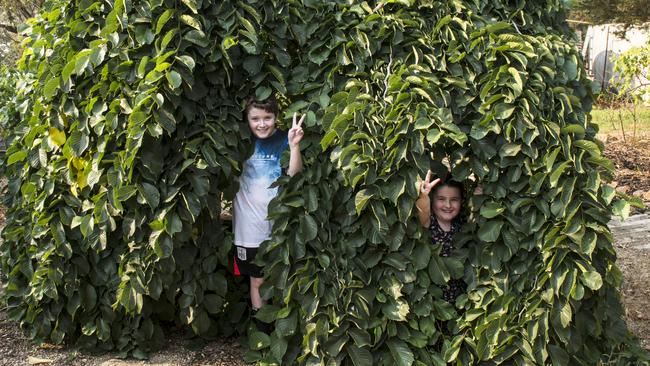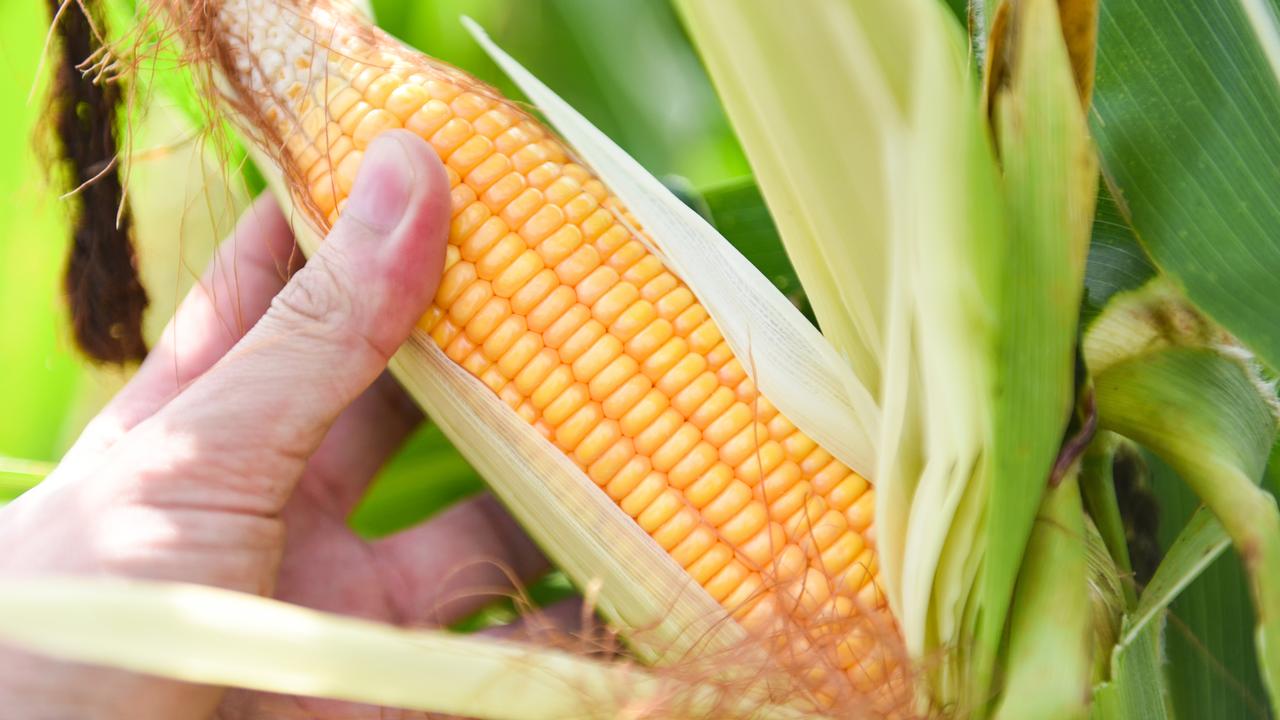Caring for old trees in summer: Best tips to keep your plants healthy
Summer can put old trees under stress, but these few tips will help keep your long-time garden features healthy and strong.
THERE’S a wonderful Chinese proverb that says “the best time to plant a tree was 20 years ago — and the second-best time is now”.
I often think of it as I marvel at some of Victoria’s magnificent trees and give thanks to long-ago gardeners who planted them, often way more than 20 years previously.
That proverb came to mind recently when I noticed a favourite tree in our garden, a leggy old flowering gum that annually delights with vibrant blooms and intriguing gumnuts, was looking decidedly unwell.
MORE
REGROWTH AFTER THE PAIN OF THE FLAMES
It’s not a pretty tree for much of the year, but in bloom it is magnificent.
I don’t know which far-sighted gardener planted it but for 25 years I have been taken by its ceaseless giving without need of watering, apart from what nature provides.
But in the past month the top metre of this old survivor has sizzled to a crisp, I presume through scorching sun and lack of water during the recent dry.
Doubtless the planter didn’t foresee this setback but now I feel an obligation to get it back to full health.
With predictions of more dry days ahead, we should all be looking to the health of our trees.
There are some simple routines to relieve their stress.
First off, mulch. Trees, like many plants, cope best in drought times when some moisture remains in the soil around their roots.
Apply a 10cm deep mat of organic mulch radiating out from the trunk, just back from the bark and stretching to beyond the tree’s drip line. Top up when the mulch decomposes down.
The best mulch is one that combines coarse and fine particles.
For smaller trees, consider one of the circular commercial mulch mats now available, or a plastic water well that can be placed around the trunk to stop water running away while watering. Just remember to remove such water wells over winter, to avoid sodden soils that can put trees at risk.
Water long and deeply every second or third week, morning or night. While most tree roots grow close to the surface, it’s surprising how long water takes to permeate down.
If forgetful, set up a temporary soaker hose spiralling out from the tree and a timer. It’s an extra cost but is good insurance for a living thing that can provide beauty and shade for a lifetime.

And avoid heavy fertilising or pruning during drought.
When planting trees, think ahead and give them the best site possible, with plenty of room for roots to roam.
In country gardens this can be a problem as often a thick, compressed sub-surface crust confines roots to a small area just below the surface.
In the past, some old gardeners I know resorted to a few sticks of gelignite to break up these crusts.
This is definitely not on today. Neighbours and authorities would rightly object.
But it’s amazing what can be achieved in half an hour with a pick and crowbar.
Mechanical aids are even easier.
Fifteen years back when a contractor finished digging holes for a deck with his tractor-mounted post hole digger, I had him bore a few extra, overlapping holes where I planned to plant a young weeping elm.
Today that elm, pictured above, is magnificent, healthy and requires watering only over the driest times.
God willing, it will live long so many others also can enjoy its beauty.
On the subject of long-lived trees, there’s another quote I hold close.
Written long ago by pioneering Canadian farmer Nelson Henderson, it’s that “the true meaning of life is to plant trees, under whose shade you do not expect to sit”.
For humanity, we’d all do well to think and act on it — and treat our existing trees to some TLC in the meantime.


